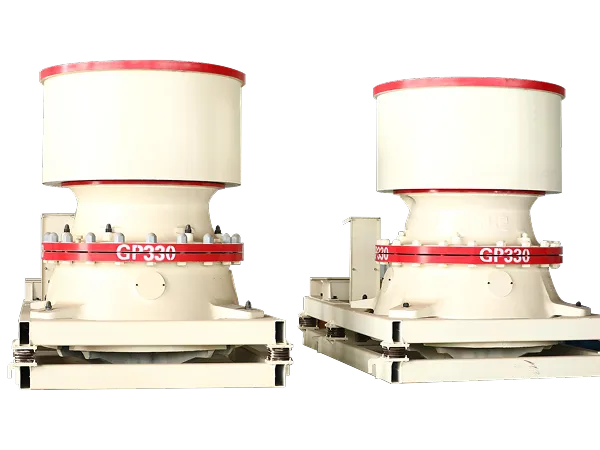Cone crusher liner wear is a significant operational cost in the mining and aggregates industries. It’s influenced by a complex interplay of factors related to the material being crushed, the crusher’s operation, and the properties of the liners themselves.
Cone Crusher Liner Wear Reasons

1. Abrasive Properties of the Material (Rock/Ore):
Hardness and Abrasiveness: The harder and more abrasive the rock, the faster the liners will wear. Materials with high quartz content are particularly abrasive.
Particle Shape: Highly angular particles tend to cause higher wear due to increased friction and gouging.
Size Distribution of Feed:
Too small feed for the cavity: This can lead to excessive wear at the bottom of the liners as material grinds against them.
Too large or too coarse feed: This speeds up wear at the top of the liners and can cause abnormal wear patterns.
Poorly graded or segregated feed: Uneven distribution of material (e.g., large material on one side, small on the other) causes uneven wear, leading to premature replacement of liners even if parts are still good. Fines in the feed can also act like sandblasting, accelerating wear.
Moisture Content: High moisture content can affect the crushing process and potentially influence wear, sometimes causing clogging or slippage.
2. Crushing Mechanism and Forces:
Abrasion: This is the primary wear mechanism in cone crushers. As rock material is squeezed and compressed between the mantle and concave, there’s significant relative sliding and grinding action, which scrapes away material from the liner surfaces.
Impact: While cone crushers are primarily compression crushers, impact forces are still present, especially with larger feed material. The repeated impact of rocks against the liners contributes to wear.
Compression Pressure: The pressure exerted on the liners during crushing is a key factor in wear. Higher compression ratios and finer particle size distributions generally lead to higher pressures and more serious liner wear.
Fretting Corrosion: This occurs at the contact surfaces between the liners and the cone support, especially with small relative displacements. It involves mechanical-corrosive wear, leading to rubbing, adhesions, and cavities filled with wear products.
…
More detailed information about the causes of cone crusher liner wear can be found by clicking visit: https://www.yd-crusher.com/a/news/cone-crusher-liner-wear-reasons.html


